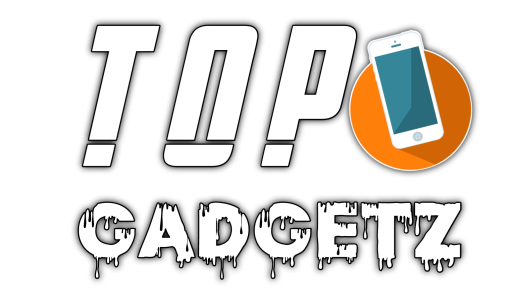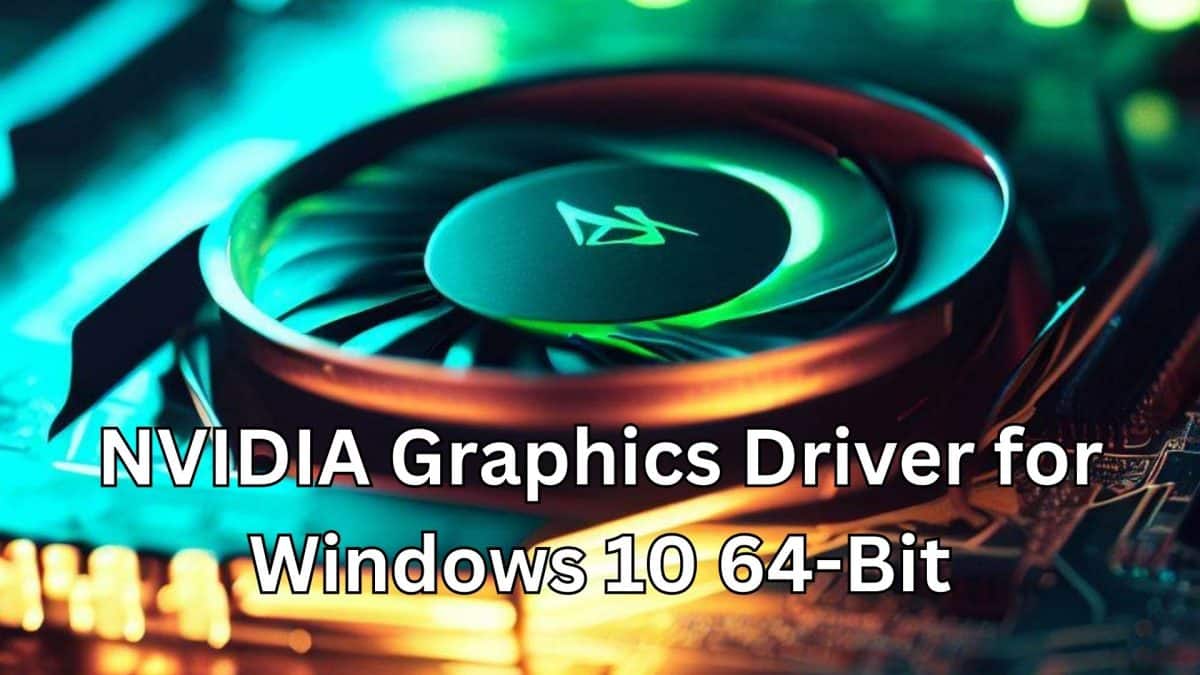Top 10 AI Tools in 2023: Empowering Innovation and Efficiency

Artificial Intelligence (AI) has become integral to numerous industries, revolutionizing how we work, live, and interact. As we step into 2023, AI technology continues to advance at an unprecedented pace, leading to the emergence of remarkable tools that empower businesses, researchers, and individuals. In this article, we will explore the top 10 AI tools that are shaping the landscape of innovation and efficiency in 2023.
Top 10 AI Tools in 2023
- TensorFlow:
TensorFlow, an open-source deep learning framework, retains its position as one of the most powerful and widely-used AI tools. Developed by Google, it offers a comprehensive platform for creating and deploying machine learning models across various domains. TensorFlow’s versatility, ease of use, and vast community support make it an essential tool for AI practitioners. - PyTorch:
PyTorch has gained significant popularity due to its dynamic computation graph and intuitive interface. Developed by Facebook’s AI research team, PyTorch provides a seamless environment for building and training neural networks. Its flexibility and excellent documentation have made it a go-to tool for researchers and developers. - OpenAI GPT-3:
OpenAI’s GPT-3 (Generative Pre-trained Transformer 3) is a breakthrough in natural language processing. With a staggering 175 billion parameters, GPT-3 can generate human-like text and engage in conversations. Its potential applications in content generation, chatbots, and language translation are reshaping how we interact with AI. - IBM Watson:
IBM Watson is an AI platform offering tools and services for businesses across various industries. Its powerful cognitive computing capabilities, including natural language processing and machine learning, enable organizations to extract and enable businesses to gain useful insights from vast quantities of unstructured data. Watson’s ability to understand, reason, and learn from data has revolutionized the healthcare, finance, and customer service industries. - Microsoft Azure AI:
Microsoft Azure AI is a comprehensive suite of AI tools and services that provide developers with the necessary resources to build intelligent applications. It offers pre-built models, such as computer vision and speech recognition, and facilitates developing and deploying custom machine learning models. Azure AI’s integration with other Microsoft services makes it an attractive choice for businesses leveraging the power of AI. - Amazon SageMaker:
Amazon SageMaker is a fully-managed machine learning service that makes building, training, and using large-scale models easier. It provides various tools and infrastructure to streamline the end-to-end machine-learning workflow. With SageMaker, developers and data scientists can focus on model development rather than infrastructure management, accelerating the pace of AI innovation. - Google Cloud AutoML:
Google Cloud AutoML empowers users with limited machine learning expertise to build and deploy custom models. It automates the process of training and optimizing machine learning models, making AI accessible to a broader audience. AutoML offers a user-friendly interface, allowing businesses to leverage AI for various tasks, including image classification, natural language processing, and time series forecasting. - H2O.ai:
H2O.ai is an open-source machine learning stage that empowers associations to outfit the force of man-made intelligence for information examination and prescient displaying. Its intuitive interface and automatic feature engineering capabilities make it suitable for both data scientists and business users. H2O.ai’s robust algorithms and scalability have made it a preferred choice in finance, healthcare, and manufacturing industries. - DataRobot:
DataRobot is a robotized AI stage that empowers organizations to build and deploy accurate predictive models quickly. It automates the end-to-end machine learning workflow, including feature engineering, model selection, and hyperparameter optimization. DataRobot’s user-friendly interface and extensive library of algorithms make it an ideal tool for organizations looking to leverage AI for predictive analytics and decision-making. - Nvidia CUDA:
Nvidia CUDA is an equal registering stage and application programming interface (API) that utilizes the power of graphics processing units (GPUs) for accelerating AI workloads. It provides developers with the tools and libraries to optimize and scale AI applications. CUDA’s parallel processing capabilities significantly speed up tasks like deep learning, scientific simulations, and image and video processing.
More Article:
Q1: What is TensorFlow, and why is it popular?
Google created the open-source deep learning framework known as TensorFlow. It allows developers to build and deploy machine learning models efficiently. TensorFlow’s popularity stems from its versatility, ease of use, and extensive community support. It empowers AI practitioners to leverage advanced neural networks and accelerate research and development in various domains.
Q2: How does PyTorch differ from TensorFlow?
PyTorch, developed by Facebook’s AI research team, is another widely-used deep learning framework. It differentiates itself from TensorFlow through its dynamic computation graph, which enables developers to build models on the fly. PyTorch’s flexibility and intuitive interface make it a popular choice among researchers and developers.
Q3: What is the significance of OpenAI GPT-3?
OpenAI’s GPT-3 (Generative Pre-trained Transformer 3) is a groundbreaking natural language processing model. With an impressive 175 billion parameters, GPT-3 can generate human-like text and engage in conversations. Its potential applications include content generation, chatbots, and language translation, revolutionizing how we interact with AI-driven systems.
Q4: How does IBM Watson transform industries?
IBM Watson is an AI platform offering various tools and services for businesses across multiple sectors. Its cognitive computing capabilities, including natural language processing and machine learning, allow organizations to derive valuable insights from vast amounts of unstructured data. Watson has revolutionized the healthcare, finance, and customer service industries by enhancing decision-making processes and streamlining operations.
Q5: What are the advantages of Microsoft Azure AI?
Microsoft Azure AI provides developers with a comprehensive suite of tools and services for building intelligent applications. It offers pre-built models for computer vision, speech recognition, and more, simplifying the development and deployment of AI solutions. Azure AI’s seamless integration with other Microsoft services and scalability makes it an appealing choice for businesses harnessing the power of AI.
Q6: How does Amazon SageMaker facilitate machine learning?
Amazon SageMaker is a fully-managed machine learning service that simplifies the end-to-end process of building, training, and deploying models at scale. It provides tools and infrastructure to accelerate the development of machine learning models. By automating infrastructure management, SageMaker allows developers and data scientists to focus on model creation, thereby speeding up the pace of AI innovation.
Q7: What makes Google Cloud AutoML unique?
Google Cloud AutoML democratizes AI by enabling clients with restricted AI ability to fabricate and deploy custom models. Its automated approach simplifies the training and optimization of machine learning models, making AI accessible to a wider audience. AutoML’s user-friendly interface supports tasks such as image classification, natural language processing, and time series forecasting.
Q8: How does H2O.ai support data analysis and predictive modelling?
H2O.ai is an open-source machine learning platform that empowers organizations to leverage AI for data analysis and predictive modelling. Its intuitive interface and automatic feature engineering capabilities make it suitable for both data scientists and business users. H2O.ai’s robust algorithms and scalability have made it a preferred choice in finance, healthcare, and manufacturing industries.
Q9: What are the benefits of DataRobot’s automated machine learning?
DataRobot is an automated machine-learning platform that expedites the process of building and deploying accurate predictive models. Its automation capabilities cover feature engineering, model selection, and hyperparameter optimization. DataRobot’s user-friendly interface and extensive library of algorithms make it an ideal tool for organizations looking to harness AI for predictive analytics and decision-making.
Q10: How does Nvidia CUDA accelerate AI workloads?
Parallel computing platform Nvidia CUDA API harnesses the capacity of graphics processing units (GPUs) to speed up AI tasks. It provides developers with tools and libraries to optimize and scale AI applications. CUDA’s parallel processing capabilities significantly speed up tasks like image and video processing, deep learning, and scientific simulations, enabling faster and more efficient AI computations.
Conclusion:
In 2023, AI will continue to evolve, enabling businesses and individuals to leverage its power for innovation and efficiency. The top 10 AI tools discussed in this article, including TensorFlow, PyTorch, OpenAI GPT-3, IBM Watson, Microsoft Azure AI, Amazon SageMaker, Google Cloud AutoML, H2O.ai, DataRobot, and Nvidia CUDA, represent a diverse range of platforms and frameworks that facilitate the development and deployment of AI solutions across various domains.
These tools drive advancements in natural language processing, computer vision, predictive analytics, and more, allowing organizations to unlock valuable insights from data, automate processes, and deliver enhanced user experiences. As AI technology advances, these tools will undoubtedly evolve further, empowering us to achieve new heights of innovation and efficiency in the years to come.




